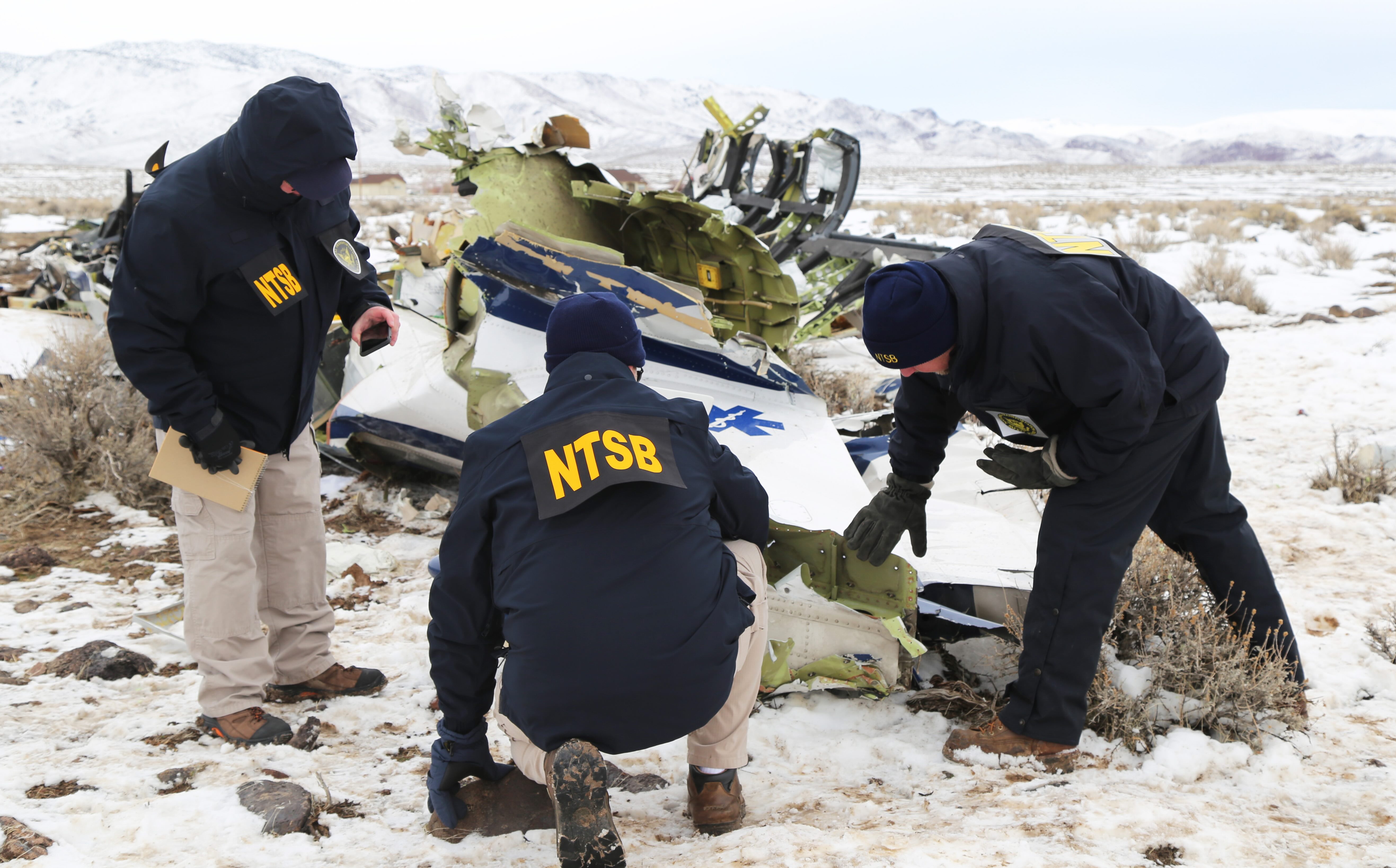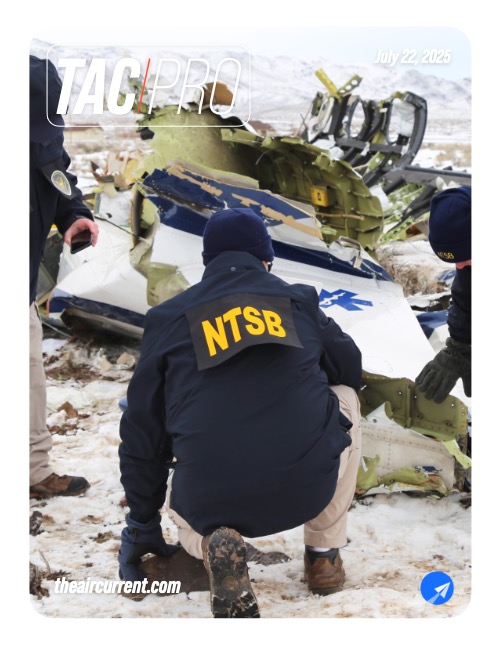Log-in here if you’re already a subscriber
Air safety reporting by The Air Current is provided without a subscription as a public service. Please subscribe to gain full access to all our scoops, in-depth reporting and analyses.
When a Cessna 208B Grand Caravan crashed while on approach to Moscow’s Domodedovo Airport in November 2005, it was not the first of its type to accumulate too much ice on its wing and suffer an unrecoverable stall. It was however one of the first to be equipped with a cockpit voice recorder (CVR) and flight data recorder (FDR) thanks to Russian certification requirements.
Recorder data from the crash, which killed both pilots and all six passengers on board, confirmed that the Caravan’s published minimum speeds for flight into known icing were too low — something that had contributed to several prior Caravan accidents where investigators later realized they had come to incomplete conclusions. Data retrieved from the Moscow accident led the U.S. National Transportation Safety Board to issue several urgent safety recommendations, which were promptly addressed by aviation regulators and Cessna.
The NTSB has repeatedly pointed to the Moscow accident as it has tried for decades to convince the Federal Aviation Administration of the value of these devices for small aircraft, which crash at much higher rates than larger airliners already equipped with cockpit voice and flight data recorders. Unlike Russia, the U.S. only requires CVRs and FDRs in transport category aircraft and a limited number of smaller turbine-powered aircraft.
In 2013, the NTSB recommended that all turbine aircraft be equipped with cockpit voice, video and flight data recorders after it was unable to determine key facts about a 2011 helicopter crash in Mosby, Missouri. Yet, the FAA to this day continues to resist requiring the broader adoption of data recorders in smaller aircraft.
Whereas pushback from pilots’ unions has dominated the debate around cockpit video recorders in airliners — a discussion resurfacing in the wake of Air India Flight 171 — for smaller aircraft the resistance centers around a mandated part of the regulatory process known as a benefit-cost analysis, or BCA.
“The current rulemaking environment requires that new regulations have a positive economic cost-benefit to society,” the FAA told the NTSB in 2013 of the recorder recommendation. “The FAA has no way of estimating the number of lives that could be saved or the number of future accidents that could be prevented with the use of this additional data.”
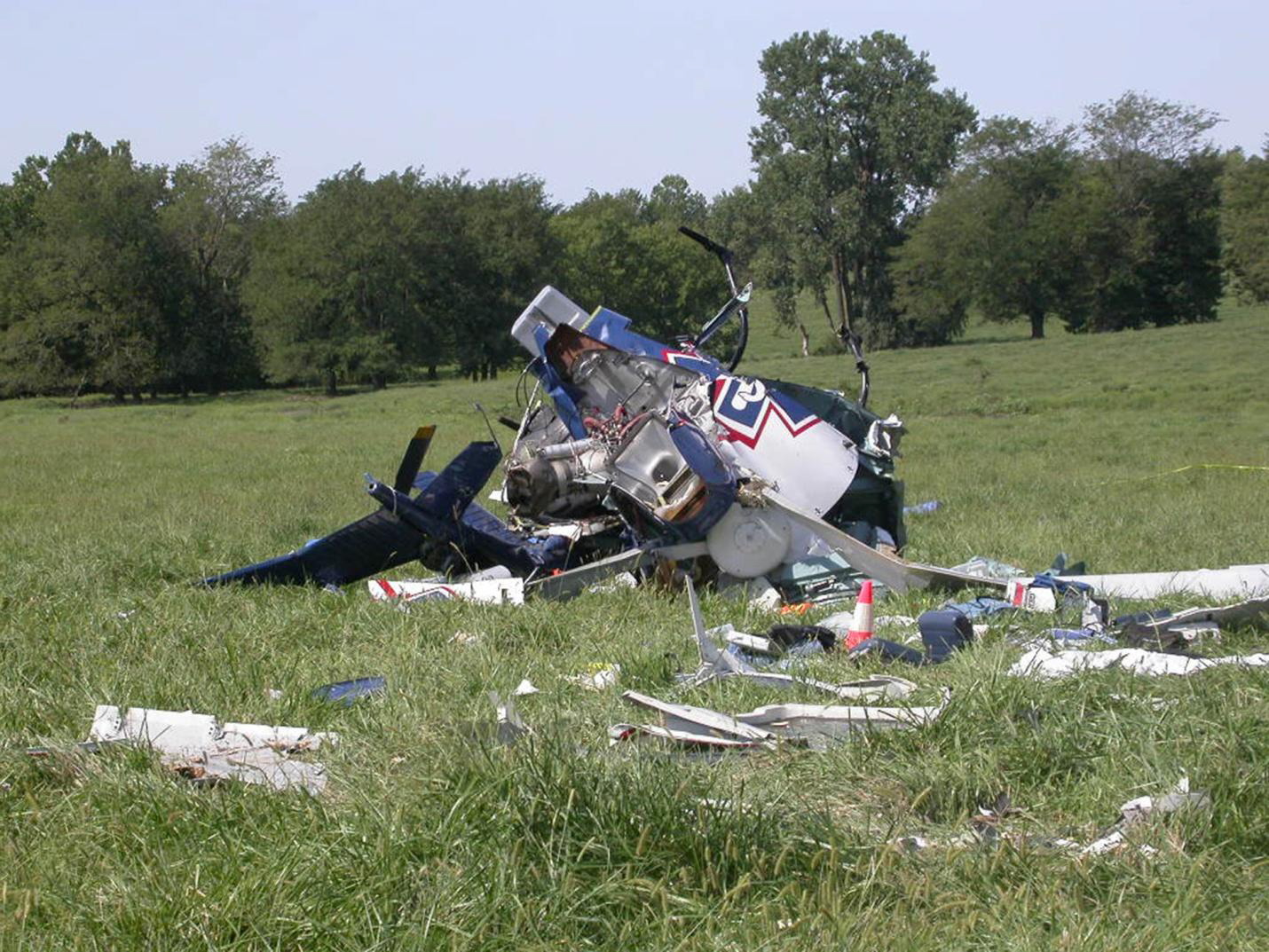
For any new rulemaking with significant expected economic impact, federal agencies including the FAA are required to perform a BCA to show that the anticipated benefit of a proposed rule outweighs the costs it would impose on industry or the taxpayer. However, while the cost of implementation is often easy to calculate, it can be more difficult to measure associated safety benefits.
In cases when the FAA has data from past accidents that resulted in a loss of life — and where regulatory action could close safety gaps to prevent recurrences — the agency is able to appropriately make the case for a safety benefit during the rulemaking process. But when the FAA attempts to act proactively, before an accident occurs, calculating the benefits of a safety mandate can be difficult.
While the FAA is often criticized for only acting after tragic accidents result in deaths, in many cases the agency’s ability to act is limited by legal and regulatory policy. The BCA requirement has created a structural bias in the rulemaking process that emphasizes tangible costs over inherently uncertain benefits, making it a key barrier in moving toward a proactive safety system.
A fundamentally flawed equation
The practice of conducting BCAs traces its origin to executive orders signed by U.S. President Jimmy Carter in 1978 — the same year U.S. airlines were deregulated — requiring regulations to not “impose unnecessary burdens” on the economy or the government. President Ronald Reagan in 1981 went one step further, explicitly requiring a regulation’s benefit to exceed any imposed costs.
President Bill Clinton in 1993 expanded this practice, signing an executive order designed to soften the perceived burden government rules placed on industry by directing federal agencies to conduct more BCAs to justify proposed regulations. The 1993 order “sharply increased the number of benefit-cost analyses (BCA) that FAA must perform,” according to a 1997 Transportation Research Board circular commissioned to study the agency’s BCA processes.
“It’s easier when you’re looking backwards or you have actual data,” former FAA Administrator Michael Huerta told The Air Current in an interview. “It’s much harder when you’re looking prospectively about what might emerge, and then how you would address that.”
In its response to the NTSB in 2013, the FAA under Huerta agreed in principle that “crash-resistant flight recorder systems provide additional data, including a visual account of crew actions and parametric data, to use for accident investigation.” The agency said it would continue to encourage and incentivize voluntary installation, but added it could not “place a quantitative benefit for mandating crash-resistant flight recording system equipage” against an estimated cost of around $20,000 per aircraft or $180 million in total (equivalent to nearly $250 million in 2025).
For a safety agency like the FAA, lives saved — which often constitutes much of a regulation’s benefit — is translated into a monetary figure for the purposes of rulemaking through a metric known as the value of statistical life (VSL). VSL doesn’t place a discrete value on someone’s life, but rather is intended to represent the amount an individual is willing to pay for reductions in risk that may prevent death. In 2024, the U.S. Department of Transportation used a VSL of $13.7 million per person.
That statistic is an imperfect attempt to reduce life-or-death decisions to a single number. As the DOT’s own guidance for using VSL points out, “safety is not purchased directly, so the value that consumers place upon it cannot be measured directly.” Asking individuals how they may perceive the risk of fatality or injury is primarily done using hypothetical questions, meaning the answers also “remain hypothetical,” the guidance states.
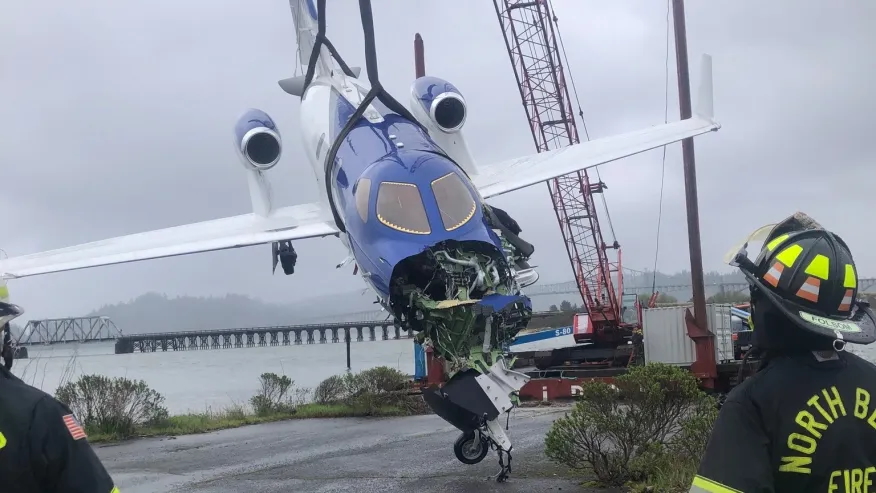
The regulatory benefit estimates employed by BCAs often rely on “hypothetical models and numerous assumptions,” according to a 2018 research paper written by Susan Dudley, former director of the White House Office of Information and Regulatory Affairs, and Brian Mannix, former associate administrator at the U.S. Environmental Protection Agency. Dudley and Mannix write this is just one of several “significant problems … that challenge [the legitimate use of BCAs] in informing and evaluating public policy decisions.”
The 1997 TRB circular echoed these concerns: “The real issue facing the [FAA] is how to predict impacts more correctly and accurately. The assumption that impacts are generally known is wrong.”
Dudley and Mannix also point out the government hasn’t historically prioritized improving BCAs, which are “rarely subjected” to after-the-fact analysis to determine if an agency’s estimates accurately reflected the safety or economic consequences that resulted from a rule.
The NTSB also recognized this. The safety watchdog in 2016, when restating its recorder recommendation, urged the FAA to adjust its method for identifying benefits to include “safety improvements that address safety risks that would not have been identified, or that would not have been sufficiently understood to develop a mitigation, without the recorder data.” The FAA would not even attempt to do this for another six years, adamant it still would not clear the BCA threshold.
A dual mandate
The benefits and costs in a BCA each represent one side of a complex balancing act the FAA takes in advancing industry and effectively regulating for safety. The NTSB, as an independent agency, has no requirement to conduct BCAs or consider the economic impact of its recommendations, whereas the FAA is required to do so. This creates “tension” between the Board and the FAA, Huerta told TAC.
When the Aeronautics Branch of the Department of Commerce (the first incarnation of what we now call the FAA) was formed in 1926, it was primarily responsible for promoting “air commerce,” not safety. In 1958, the regulator was renamed the Federal Aviation Agency and safety was given a higher priority, but “promoting” industry was still steeped into the organization’s statutory charter.
As the U.S. entered the jet age and more Americans began traveling by air, the FAA was repeatedly criticized for being beholden to user groups, namely airlines. The regulator was dubbed the “tombstone agency” by some for its pattern of only responding to safety issues reactively –– and often after it had already studied a safety issue but determined the fix was too expensive for operators to implement.
A string of fatal commercial air disasters in the 1990s reinforced that moniker. Airplane crashes involving U.S. air carriers claimed 380 lives in 1996, the worst year for aviation safety in over a decade. One of those accidents was ValuJet Flight 592, which crashed into the Florida Everglades shortly after departing Miami. The NTSB determined all 110 people onboard the McDonnell Douglas DC-9-30 died in part because of a failure by the FAA to “require fire smoke detection and fire suppression systems” in cargo compartments carrying hazardous materials, which Flight 592 was.
Shortly after the ValuJet crash, a House Transportation and Infrastructure Committee report found the NTSB’s prior request to require installation of smoke detectors in cargo compartments was “rejected by the FAA because they believed the gain in safety would not justify the cost of requiring all aircraft to install such systems.”
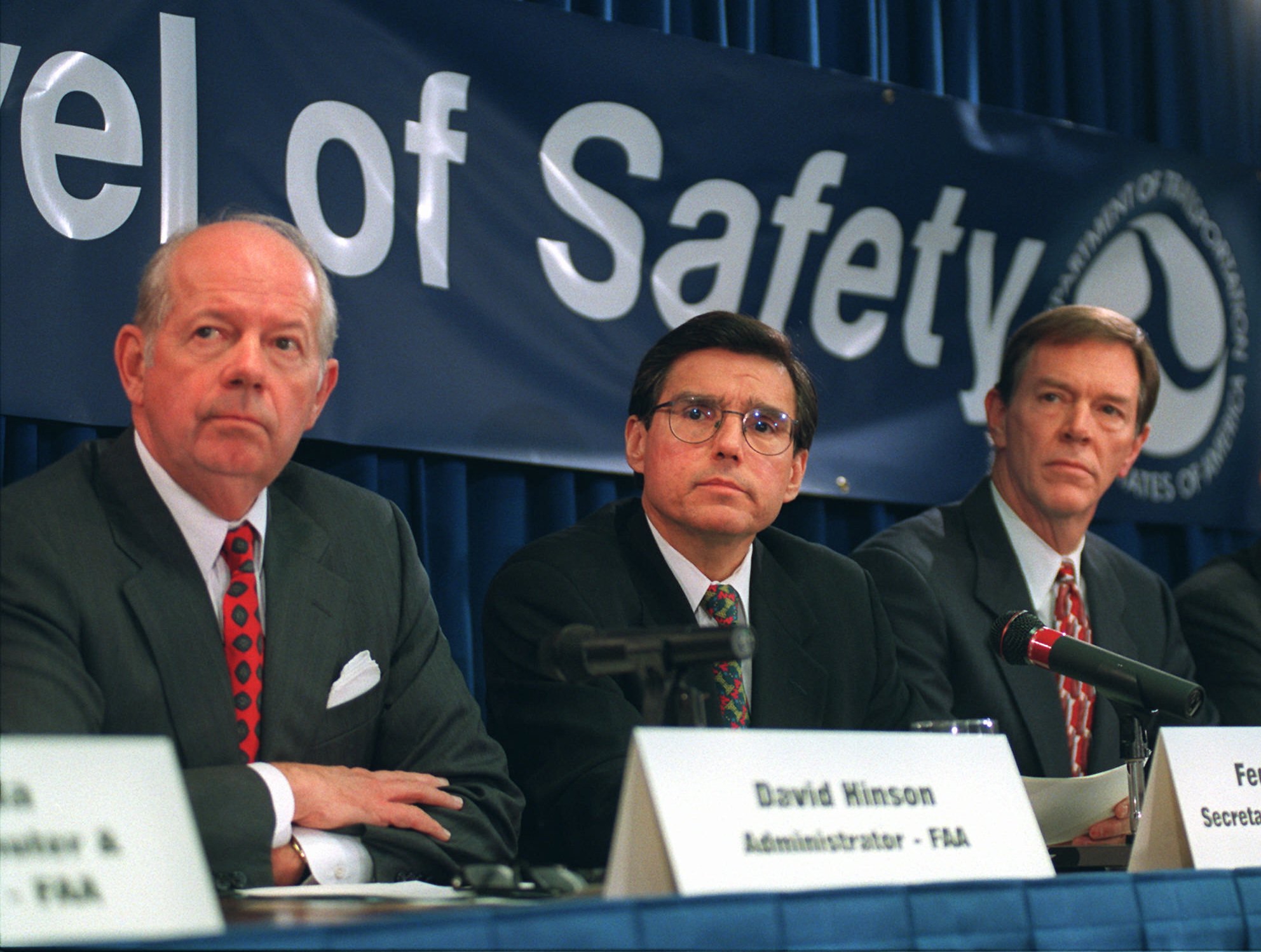
Later that year, Congress passed the FAA Reauthorization Act of 1996, which amended the agency’s charter by replacing a directive to “promote” aviation with one to “encourage” industry growth.
Yet Congress also wrote that it didn’t intend for the amended charter to “require any changes in the FAA’s current organization or functions.” Rather, it aimed “to address any public perceptions that might exist that the promotion of air commerce by the FAA could create a conflict with its safety regulatory mandate.”
Confusion over the agency’s mandate remains. During the August 2024 NTSB investigative hearing held on the Alaska Airlines Flight 1282 mid-exit door incident, an investigator from the Association of Flight Attendants (AFA) asked FAA oversight personnel assigned to Boeing’s manufacturing unit how they balance implementing the agency’s “dual mandate to both regulate and promote” the industry.
“It’s a hard balance sometimes,” the FAA employee responded. “Yes, it is a dual mandate but we work that through ensuring that the product is safe.”
Both the AFA investigator’s question and the answer reflect the ongoing lack of certainty around the FAA’s often-in-conflict mandates. Today, federal law identifies safety as the FAA’s “highest priority,” but not its only one, adding the agency is also meant “to encourage efficient and well-managed air carriers to earn adequate profits and attract capital,” among other things.
A spokesperson for AFA told TAC via email the question was intended “to see if the FAA would acknowledge that safety should be given much greater weight than the other economic regulation policy considerations of [the FAA’s charter] that are aimed at protecting the profitability of air commerce.”
An FAA spokesperson declined to provide a statement on that particular exchange, but told TAC, “When conducting benefit-cost analysis, the FAA incorporates federal requirements, industry best practices and lessons learned from previous analyses.”
The spokesperson pointed to voluntary reporting programs as a tool used to solicit data to inform safety analyses, adding it recently updated the assumptions used for calculating labor costs and later this year will update documents used to conduct BCAs for approving airport construction projects. The FAA is also using machine learning to proactively skim incident reports for potential safety issues, they added.
When Congress gets involved
Aviation is undeniably safer today than when ValuJet Flight 592 crashed in 1996. Yet the FAA has since struggled to effectively fill some safety gaps in a timely manner, with industry advocates and families of crash victims increasingly turning to Congress — after years of FAA inaction — to pass more sweeping safety legislation. Backed by Constitutional authority, Congressional directives typically bypass the BCA required for FAA-initiated rulemaking.
“Historically, what you would see is legislative language that directs the administrator to promulgate a rule that addresses these elements,” Huerta told TAC. “And so effectively, what they’re simply doing is [saying] we’ve identified a problem, and they’re directing the agency, the professionals in the agency, to come up with a rulemaking that would address that.”
“But you have seen circumstances where Congress has essentially directed the agency to publish a rule that does this and it’s much more specific from the agency standpoint,” he added.
Neither the agency nor Congress have advanced rules to require broader use of CVRs and FDRs, though the FAA in 2023 issued a notice of proposed rulemaking to require CVRs capable of recording 25 hours of data on newly-produced aircraft, up significantly from the prior two-hour requirement.
Citing high costs, the FAA chose not to also require existing aircraft to be retrofitted with 25-hour CVRs, consequently meeting only half of a recommendation that the NTSB had first issued in 1999. Congress would ultimately include language in the 2024 FAA Reauthorization Act to require 25-hour CVRs in both new and existing commercial aircraft after a spate of close calls where recorder data had been overwritten.
More prescriptive regulations from Congress in some ways make the agency’s job easier. A law passed by Congress and signed by the President is final (barring any judicial challenge), and many Congressional statutes are self-executing — meaning they go into effect whether or not the FAA takes the law and turns it into a more detailed regulation.
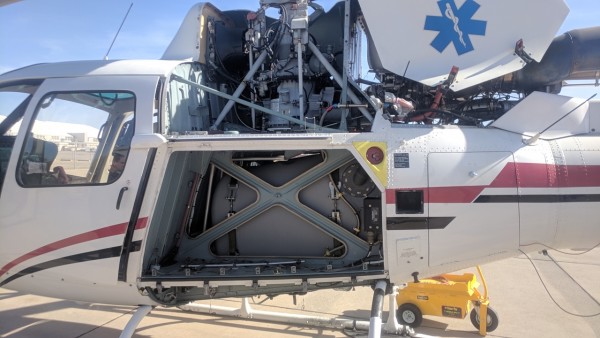
But if the FAA is a scalpel, Congress can be a hatchet. Direct intervention by the legislative body often has unintended consequences as nuance uncovered and accounted for in the standard regulatory process is lost.
“The thing about the regulatory process, it’s intended to be hard, it’s intended to be slow and deliberate because what it calls for is thoughtful consideration,” Huerta said. “The idea is that you want to try to head off, as much as possible, unintended consequences.”
A recent self-executing mandate was Public Law 111-216, passed in the wake of the Colgan Air Flight 3407 crash in 2009. That law created the so-called 1,500-hour rule, requiring first officers flying Part 121 scheduled air service to hold an Airline Transport Pilot certificate, which generally requires at least 1,500 hours of flight time. The higher hour mandate was not one of the 25 new recommendations issued by the NTSB in the wake of the Colgan crash.
The FAA was required to move forward with the rule even after finding the higher hour requirement would not meaningfully improve safety while imposing significant costs onto operators. Many airlines — particularly Republic Airways, whose then-CEO Bryan Bedford was sworn in as FAA administrator on July 10 — have argued the rule created an acute shortage of regional airline pilots. Industry warned about this potential consequence in comments submitted to the draft rule, but the FAA didn’t have any reason to adjudicate them since the law would go into effect regardless of the agency’s understanding of the costs and benefits2.
Moving towards a bias for action
Getting rid of the requirement to conduct BCAs might allow the FAA to focus solely on safety –– much like its independent investigative counterpart –– but experts across industry, academia and government warn it could cripple an industry largely reliant on sensible regulation to achieve sustained, long-term growth. BCAs have been reinforced by every modern U.S. President and show no signs of disappearing.
“From the public standpoint, safety is a black-and-white decision, yes or no,” Huerta said. “If we were to take that to its logical extremes, there would be no aviation industry.”
“What I think the public doesn’t understand is aviation safety is about managing risk to an acceptable level … the process is designed [so] that ‘acceptable’ will be reduced to a dollars and cents equation. What’s the benefit, what’s the cost.”
The NTSB acknowledged that in 2016 while reiterating the small aircraft flight recorder recommendation — “we understand it is difficult to identify the benefits of recorders because the absence of one will never cause an accident” — but emphasized that any cost-benefit analysis used to justify a recorder mandate must be based on the risks associated with the safety issues that recorders would help identify. It would ultimately take several more fatal accidents for the FAA to agree in 2019 to study the feasibility of a retroactive requirement and begin its search for more quantifiable benefits.
The FAA said the study was delayed “due to other rulemaking priorities and associated resource constraints,” but is currently being debated by a government-industry rulemaking committee also considering the usefulness of cockpit video recorders in airliners.
Because we will never know what information was not available to investigators due to the lack of any flight recorders on small aircraft or 25-hour recorders on large ones, it is impossible to say how many lives might have been saved had the FAA acted more quickly on these recommendations. In the case of smoke detectors in cargo compartments, however, it is likely that at least 110 people died too soon.
Achieving the goal of a more proactive safety system — more important than ever in the wake of the tragic January 2025 midair collision near Washington, D.C. — will require critically examining not only the details of individual accidents, but the regulatory environment that for decades has hindered the agency’s ability to fulfill its central mandate of safety. BCAs are one place to start.
Write to Will Guisbond at will@theaircurrent.com
Subscribe to The Air CurrentSubscribe to Continue Reading
Our award-winning aerospace reporting combines the highest standards of journalism with the level of technical detail and rigor expected by a sophisticated industry audience.
- Exclusive reporting and analysis on the strategy and technology of flying
- Full access to our archive of industry intelligence
- We respect your time; everything we publish earns your attention
